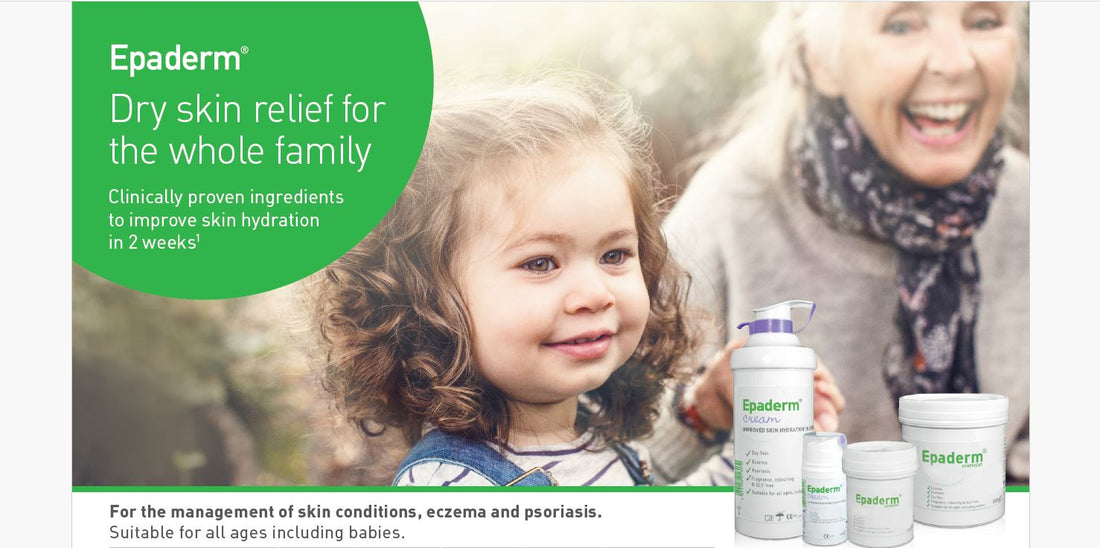The cause of seborrheic dermatitis is not fully understood, however several factors are believed to contribute to its development. These include:
- Yeast: Certain types of yeast, particularly Malassezia globosa and Malassezia restricta, which naturally reside on the skin's surface, play a role in triggering seborrheic dermatitis. The yeast breaks down oils (sebum) on the skin, causing irritation.
- Genetics: Individuals with a family history of seborrheic dermatitis may be more susceptible to developing the condition.
- Hormonal Changes: Hormonal fluctuations, common during puberty and the menopause in women, can influence sebum production which can leave skin dry.
- Certain Medical Conditions: Medical conditions like Parkinson's disease, and other immune system disorders may increase the risk of seborrheic dermatitis.
- Environmental Factors: Harsh climates, stress, and fatigue can exacerbate seborrheic dermatitis symptoms.
The signs and symptoms of seborrheic dermatitis can vary from person to person, but often include:
- Redness and Inflammation: The affected areas, typically the scalp, face, and upper chest, can appear red and swollen.
- Flaky, Greasy, or Oily Skin: White or yellowish scales or crusts may form on the skin.
- Itching or Irritation: The affected skin may itch, leading to discomfort and scratching that can worsen the condition.
- Burning Sensation: Some individuals experience a mild burning sensation on the affected skin.
- Hair Loss (in severe cases): Prolonged and untreated seborrheic dermatitis may cause temporary hair loss in affected areas.
Can Epaderm Ointment help alleviate the discomfort?
While it cannot be cured, seborrheic dermatitis can be managed effectively with skincare products such as Epaderm which can be used to manage various skin conditions, including dry skin and eczema. Epaderm provides a protective barrier and helps retain moisture in the skin.
In addition to a moisturising agent such as Epaderm Ointment, treatment options often involve shampoos, creams, or lotions that include an anti-fungal agent.
As always, ensure you are using products as recommended by a healthcare professional to avoid any adverse effects or potential exacerbation of the condition.

